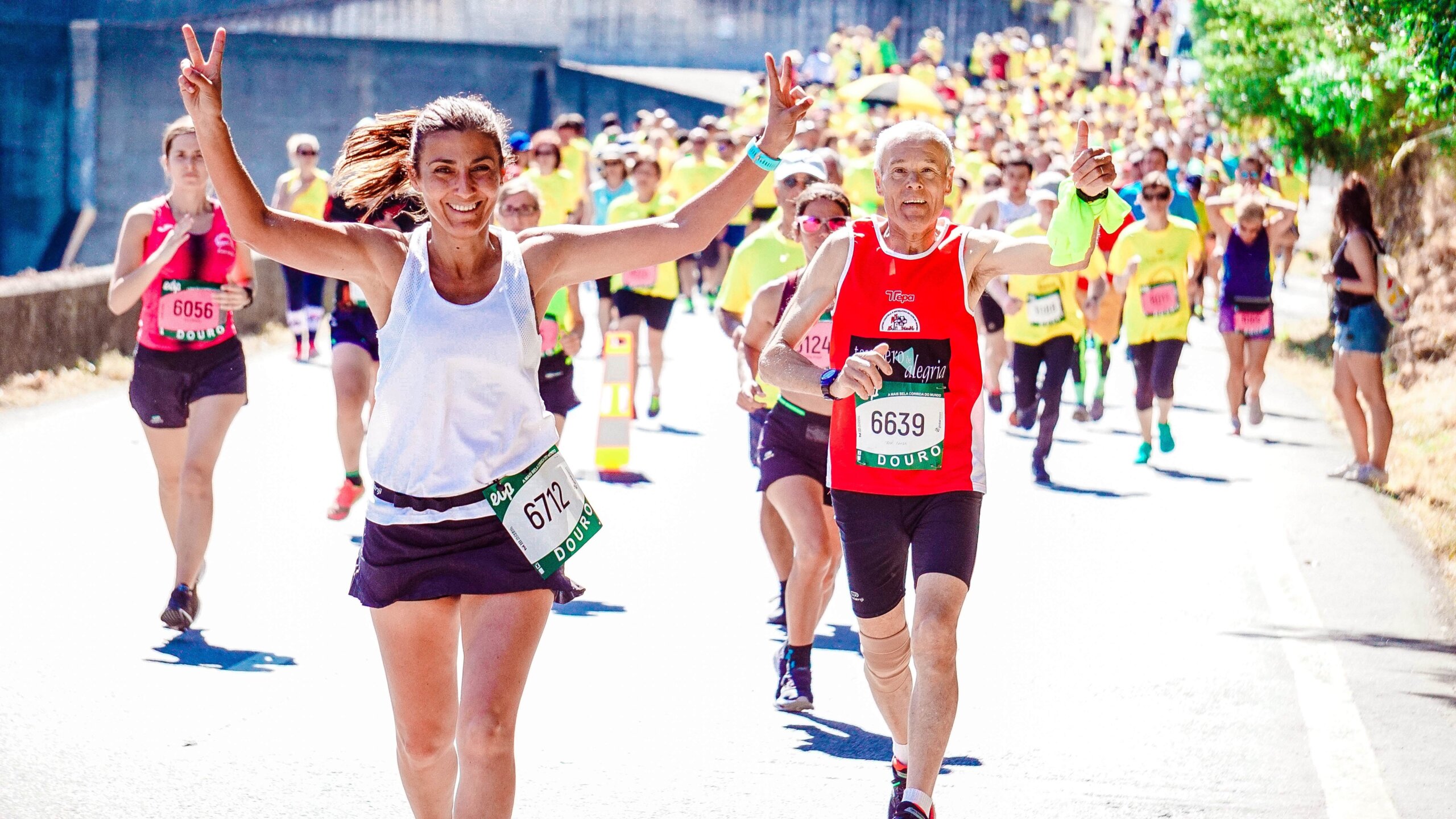The marathon has always been a gruelling test of physical endurance and mental fortitude. Over the years, advancements in technology have played a significant role in enhancing the marathon experience for both professional athletes and amateur runners.
New Zealand, known for its breathtaking landscapes and passion for sports, has embraced these technological innovations to elevate its marathon events to new heights. In this article, we will explore the ways in which technology has transformed the New Zealand marathon scene, providing runners with cutting-edge tools and equipment to achieve their best performances.
Next-Generation Running Tech
The New Zealand Marathon scene has embraced the next generation of running technology. From smart shoes to high-tech apparel, runners now have access to a wide range of innovative gear designed to enhance their performance and comfort.
One notable advancement is the development of smart shoes. These shoes are equipped with built-in sensors and accelerometers that can provide valuable data on running form and technique. By analysing metrics such as cadence, ground contact time, and foot strike pattern, runners can identify areas for improvement and make adjustments their running style to reduce the risk of injury and optimise efficiency.
Additionally, smart apparel has also gained popularity among marathon enthusiasts. These garments are designed with moisture-wicking fabrics and integrated sensors that can measure heart rate, body temperature, and even muscle activity. This data allows athletes to monitor their exertion levels and make informed decisions during training sessions or races.
The Rise of Super Shoes
The introduction of “super shoes” has revolutionised the running industry and sparked a heated debate among athletes and experts. These shoes, characterised by their lightweight construction and energy-returning midsoles, have been shown to significantly improve running economy and performance.
The incorporation of carbon-fibre plates in the midsole, as well as the use of advanced foam materials, provides a responsive and cushioned ride while reducing energy loss. Runners wearing super shoes have reported increased comfort, decreased fatigue, and improved running times.
However, the use of super shoes has also sparked concerns about fairness and the potential for creating an uneven playing field. Some argue that the technology gives an unfair advantage to athletes who can afford these high-end shoes. Nevertheless, governing bodies have implemented regulations to ensure fairness in competitions, specifying limitations on midsole thickness and the use of specific materials.
The Pursuit of Sub-Two-Hour Marathons
Running a marathon in under two hours has long been considered a significant milestone in the world of long-distance running. Although it seemed like an insurmountable feat for decades, recent technological advancements have brought this dream within reach. Thanks to innovative training methods and precision pacing strategies, athletes have been able to push the boundaries of human endurance.
One key technology that has contributed to the pursuit of sub-two-hour marathons is the use of advanced wearable devices. These devices, such as GPS watches and heart rate monitors, provide real-time feedback on pace, distance, and heart rate, allowing runners to optimise their training and race strategies. With these tools, athletes can monitor their progress and make adjustments during training to improve their performance on race day.
GPS watches utilise global positioning system technology to track a runner’s distance, speed, and pace throughout their training sessions and races. By monitoring these metrics, athletes can precisely gauge their performance and make adjustments to their training based on their goals. For instance, if you’re aiming to maintain a consistent pace throughout a marathon, their GPS watch can provide real-time feedback on your current speed, allowing you to adjust your effort accordingly.
Data-Driven Training and Performance Monitoring
In the digital age, data has become an integral part of training and performance monitoring for marathon runners. With the help of advanced tracking devices and software, athletes can collect and analyse an extensive range of data points, providing valuable insights into their training progress and race performance.
Training platforms and apps enable athletes to log their workouts, track their mileage, and monitor key performance indicators such as pace, heart rate, and elevation gain. This data can then be used to identify patterns, set personalised goals, and make informed training adjustments.
Additionally, post-race analysis has also benefited from technological advancements. Athletes can now review their performance metrics, such as split times and heart rate, to identify areas for improvement and fine-tune their training plans for future events.
Conclusion
Technology has significantly transformed the New Zealand marathon scene, empowering runners to achieve their best performances and enhancing the overall marathon experience. From next-generation running tech to super shoes, to the pursuit of sub-two-hour marathons and data-driven training, athletes now have access to an array of tools and equipment that help them push their limits and reach new milestones. As technology continues to evolve, we can expect even more exciting advancements in the world of marathon running, revolutionising the way we train, compete, and celebrate the enduring spirit of human achievement.
